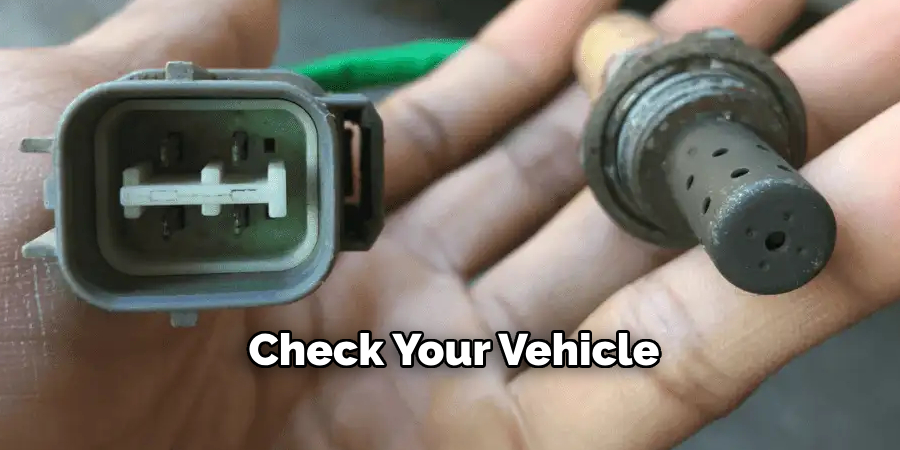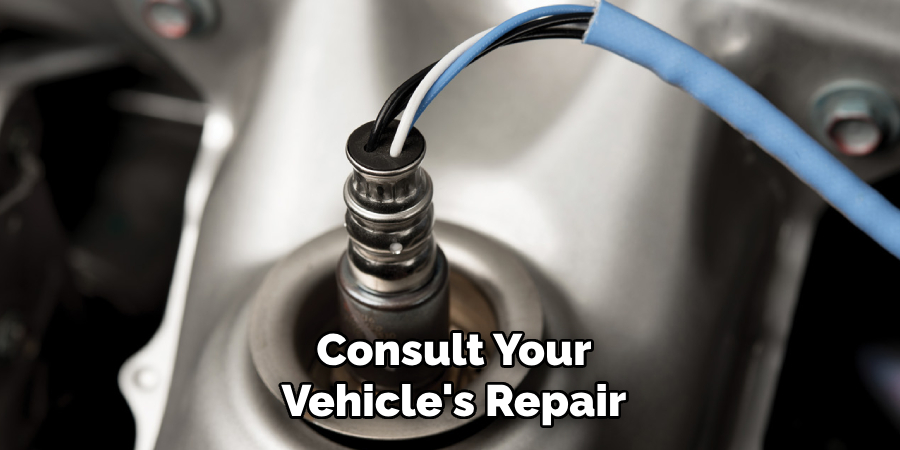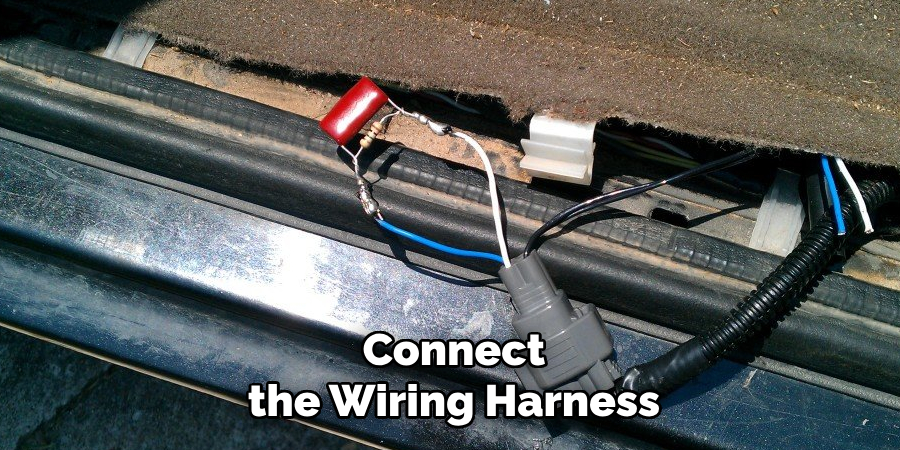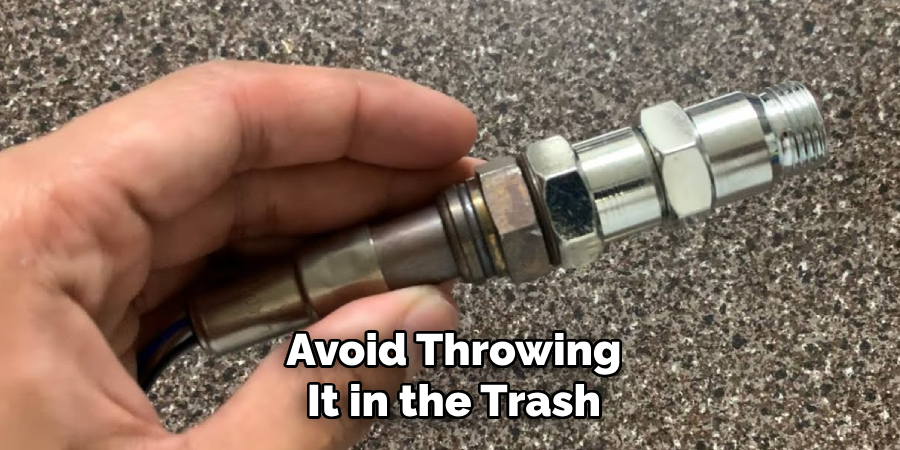Are you tired of constantly dealing with check engine lights and expensive repairs related to your vehicle’s 02 sensors? If so, you may be interested in learning how to bypass them.

How to bypass 02 sensor is a process that involves modifying or tricking the vehicle’s onboard diagnostics system. This procedure is typically performed to address issues such as a faulty sensor or to accommodate aftermarket modifications that affect the exhaust system.
The O2 sensor is critical in monitoring the air-fuel mixture for optimal engine performance and emission control. However, bypassing it should be cautiously approached, as doing so can have legal, environmental, and mechanical implications.
This guide aims to provide an overview of the steps involved, but it is essential to consider the local regulations and potential consequences before proceeding.
What are the Causes of O2 Sensor Bypass?
Car owners may consider bypassing the O2 sensor in their vehicles for a few reasons. Some common causes include:
- Aftermarket Modifications: As mentioned earlier, aftermarket modifications that affect the exhaust system can interfere with the functionality of the O2 sensor. These modifications can range from installing a performance exhaust to completely removing certain components, such as catalytic converters.
- Malfunctioning O2 Sensor: The O2 sensor may become damaged or faulty due to wear and tear over time. This can lead to inaccurate readings and potentially cause issues with engine performance. Bypassing the sensor may seem like an easy fix, but it is not recommended as it can also lead to other problems and may even cause the vehicle to fail emissions testing. It is essential to check and replace the O2 sensor regularly if needed.
- Benefits of a Good O2 Sensor: A properly functioning O2 sensor plays a crucial role in maintaining a vehicle’s engine’s overall health and performance. It helps regulate the fuel-to-air ratio, ensuring optimal combustion and reducing harmful emissions. A suitable O2 sensor can also improve fuel efficiency, saving money on gas in the long run.
- O2 Sensors and Check Engine Lights: When an O2 sensor becomes faulty or fails, it often triggers the vehicle’s check engine light. This serves as a warning to the driver that there may be an issue with the O2 sensor or other engine components. If your check engine light is on, a mechanic must check your vehicle as soon as possible to determine the cause and make necessary repairs.
- Replacing a Faulty O2 Sensor: If diagnosed with a faulty O2 sensor, it must be promptly replaced. Driving with a bad O2 sensor can lead to decreased fuel economy, increased emissions, and even damage to other parts of the engine over time. It’s recommended to have all sensors in the exhaust system replaced at the same time, as they often wear out around the same time.

What Will You Need?
To replace a faulty O2 sensor, you will need the following tools and materials:
- New O2 sensor
- Wrench or socket set
- Jack stands or ramps (if necessary)
- PB Blaster or other penetrating oil
- Anti-seize compound
- Wire brush or sandpaper (if needed to clean threads)
8 Easy Steps on How to Bypass 02 Sensor
Step 1. Prepare the Vehicle:
Ensure your vehicle is parked on a flat, stable surface and the engine is completely cool before starting. Safety is paramount, so engage the parking brake and, if necessary, place wheel chocks behind the tires to prevent any movement.
If the O2 sensor is located underneath the vehicle, use jack stands or ramps to lift the car securely, providing enough clearance to work safely. Always avoid working beneath a vehicle supported only by a jack. Gather all tools and materials listed beforehand, so everything you need is within arm’s reach. This will help the process go smoothly and efficiently.
Step 2: Locate the O2 Sensor
Consult your vehicle’s repair manual to determine the exact location of the O2 sensor. Typically, O2 sensors are installed in the exhaust manifold or along the exhaust pipe. Depending on your vehicle, there may be one or more sensors present. Once located, carefully inspect the surrounding area to ensure you’re working safely and have adequate access to the sensor. If there is debris or dirt, clean the area around the sensor to avoid contamination during removal.

Step 3: Disconnect the O2 Sensor
Before removing the O2 sensor, disconnect its electrical connector. This is usually a plug located near the sensor, which links it to the vehicle’s electrical system. Carefully press the release tab on the connector and pull it apart. Avoid pulling on the wires directly to prevent damage. If the connector is stuck, a small amount of penetrating oil may help loosen it. Ensure the connector is free and clear before proceeding to the next step.
Step 4: Remove the O2 Sensor
With the connector detached, use an O2 sensor socket or a wrench to unscrew the sensor from its position in the exhaust system. Turn the sensor counterclockwise to loosen it. If the sensor is difficult to remove, apply penetrating oil to the threads and allow it to sit for a few minutes. Take care not to force the sensor, as excessive pressure could damage the exhaust threads. Once the sensor is loose, carefully remove it and set it aside.
Step 5: Prepare the New O2 Sensor
Before installing the new O2 sensor, compare it with the old one to ensure compatibility. Check that the threads match and that the replacement sensor has the correct connector type for your vehicle. Apply a small amount of anti-seize compound to the threads of the new sensor to prevent seizing in the future, but avoid getting any on the sensor tip, as this can affect its performance. The new sensor is now ready for installation.
Step 6: Install the New O2 Sensor
Carefully thread the new O2 sensor into the exhaust bung by hand to ensure it goes in smoothly and avoids cross-threading. Once it is finger-tight, use a wrench or O2 sensor socket to tighten it securely, but do not over-tighten as this can damage the threads.

Connect the wiring harness by plugging the connector into the corresponding socket, ensuring a snug and secure connection. Double-check that the wires are routed away from any hot or moving parts to prevent damage. The new O2 sensor is now installed and ready for testing.
Step 7: Test the New O2 Sensor
Start the vehicle and allow the engine to reach operating temperature. Monitor the dashboard for any warning lights related to the O2 sensor or emissions system. If your car has an OBD-II scanner or code reader, check for any stored error codes to confirm the new sensor is functioning correctly.
Take the car for a short test drive and observe its performance, ensuring it runs smoothly without any signs of hesitation, poor fuel efficiency, or irregular idling. If all checks are satisfactory, the replacement procedure is complete.
Step 8: Dispose of the Old Sensor Properly
Ensure the old O2 sensor is disposed of in an environmentally responsible manner. Many automotive stores or recycling centers accept used sensors as part of their recycling programs. Avoid throwing it in the trash, as it contains materials that could harm the environment. Check with your local regulations or facilities to determine the proper disposal method.
By following these steps, you can successfully replace your car’s O2 sensor and ensure the proper functioning of your vehicle’s engine.

5 Things You Should Avoid
- Using Inferior Products or Cheap Components: Avoid low-quality bypass devices or components. These can cause more harm than good by providing inaccurate readings or potentially damaging your vehicle’s system.
- Ignoring Vehicle Diagnostics: Bypassing the O2 sensor without fully diagnosing the root issue can lead to unresolved problems or additional complications. Always troubleshoot properly before considering a bypass.
- Tampering With Wiring Improperly: Cutting or altering the vehicle’s wiring without proper knowledge or tools can lead to electrical issues and render your vehicle inoperable. Ensure expertise or professional help when dealing with wiring.
- Violating Local or Federal Regulations: Many regions have strict laws regarding emissions systems. Bypassing an O2 sensor might result in hefty fines or make your vehicle non-compliant with environmental standards.
- Overlooking Long-Term Engine Performance: A bypass may be a quick fix but could negatively affect engine performance over time. Sensors play a critical role in fuel efficiency and preventing engine damage, so a bypass should not replace proper maintenance or repairs.
By avoiding the proper functioning of sensors, you may unknowingly cause more severe and costly issues.
Conclusion
Bypassing an O2 sensor should only be considered as a temporary solution and approached with caution. While it might seem like an immediate fix for specific issues, it can lead to long-term complications, such as decreased fuel efficiency, increased emissions, and potential engine damage.
Proper maintenance and repair of the vehicle’s systems remain the best action to ensure optimal performance and compliance with environmental regulations. If bypassing the O2 sensor becomes necessary, it is crucial to fully understand the potential risks and consequences and consider consulting a qualified professional for guidance.
Hopefully, the article on how to bypass 02 sensor has provided valuable information and insights on this topic.

